Haverick
Beef
Our beef cuts utilise the majority of the animal, including a range of whole and portioned cuts. All of our cuts are carefully tailored to your needs with wet and dry aging periods to optimise eating quality.
Are you a business customer and want to be supplied by the best?
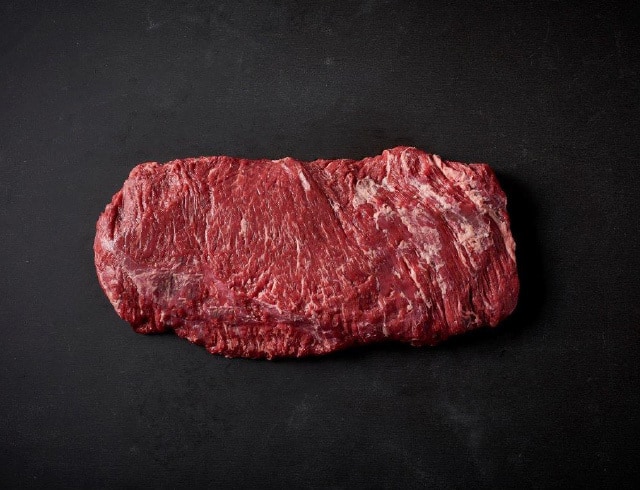
Flap Meat
Derived from just below the Striploin, this cut is dense and fibrous and tends to toughen when cooked over medium rare.
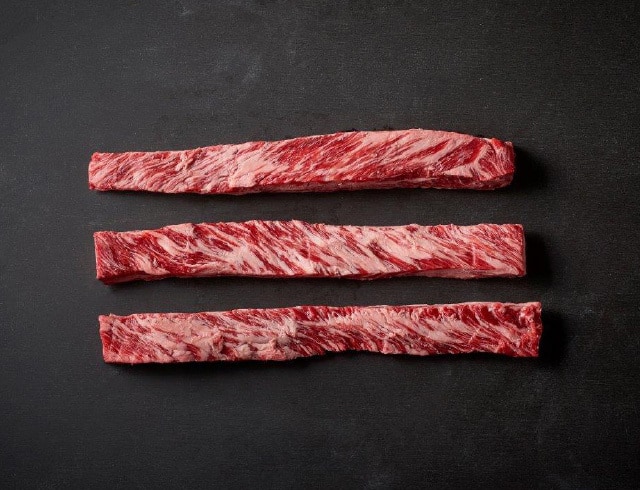
Intercostals
This cut is also known as the Rib Ringer, as it comes from between the ribs. It has a unique coarse texture and very high marbling, making it extremely high in flavour.
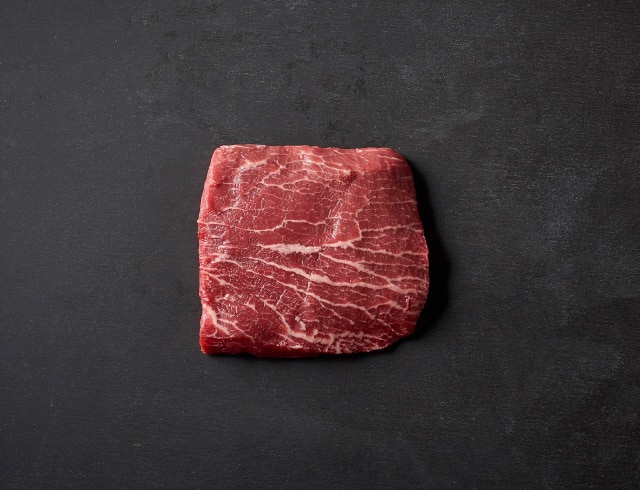
Flat Iron Steak
Also known as the Oyster Blade Steak, this uniform, flat cut is derived from the shoulder and renowned for its naturally high marbling and rich flavour.
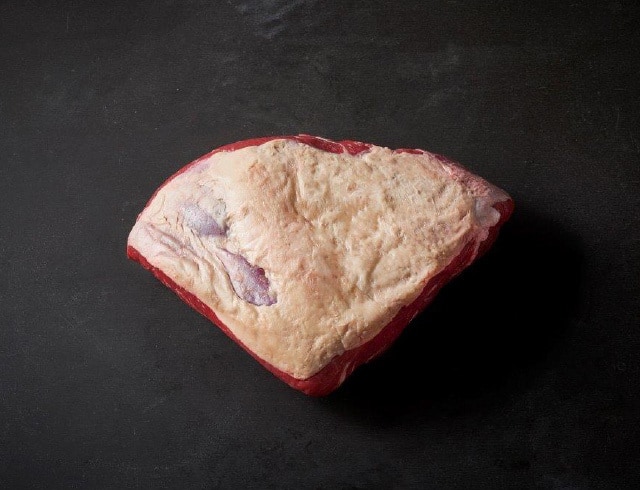
Blade (Clod)
Renowned for its rich flavour, the Blade is derived from the shoulder, which contains high working muscles and is best slow cooked.
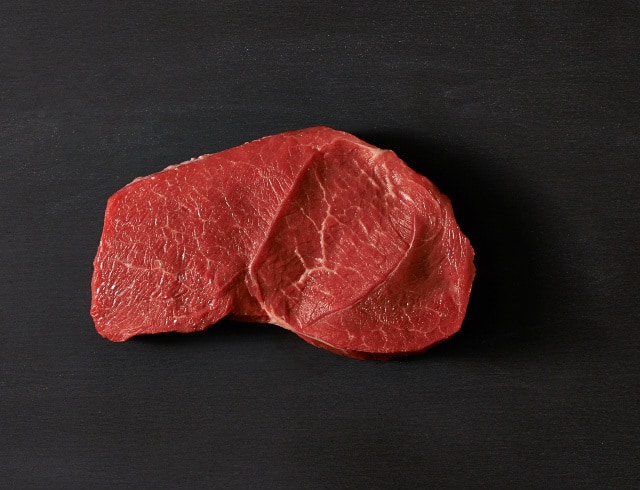
Blade Steak
Derived from the Bolar Blade within the shoulder. This cut is flavoursome and versatile.
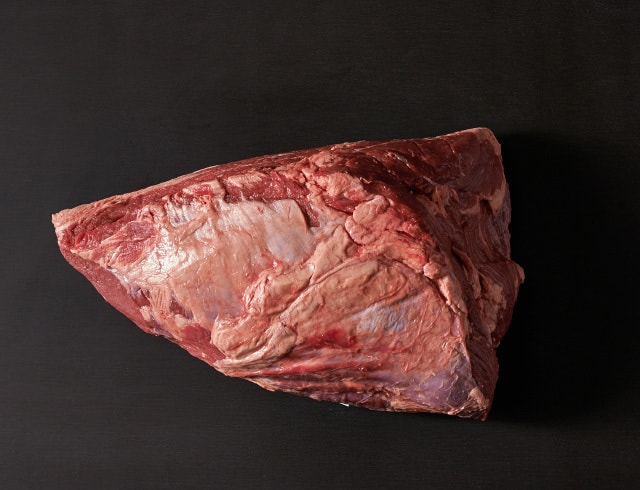
Bolar Blade
Prepared by removing the Oyster Blade, which sits alongside the Blade. This cut has a high concentration of connective tissue and is best slow roasted.
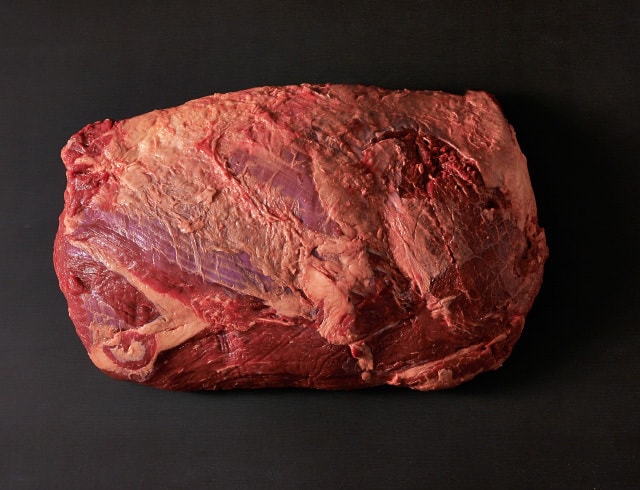
Chuck
Coming from the shoulder, this cut consists of very large muscles with a high concentration of connective tissues.
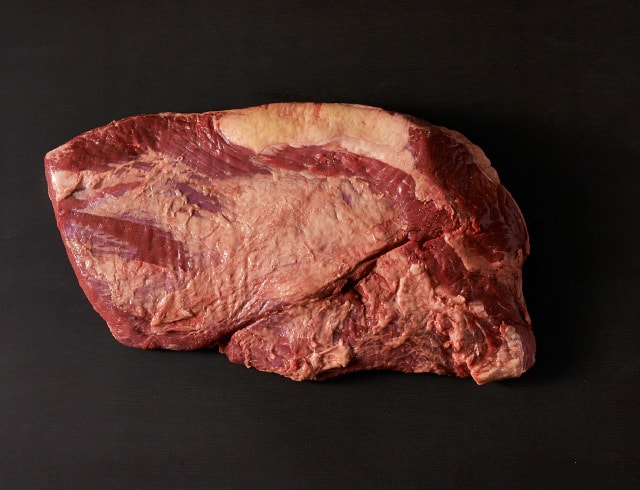
Brisket
Coming from the lower chest, it’s highly fibrous with intramuscular layers of fat.
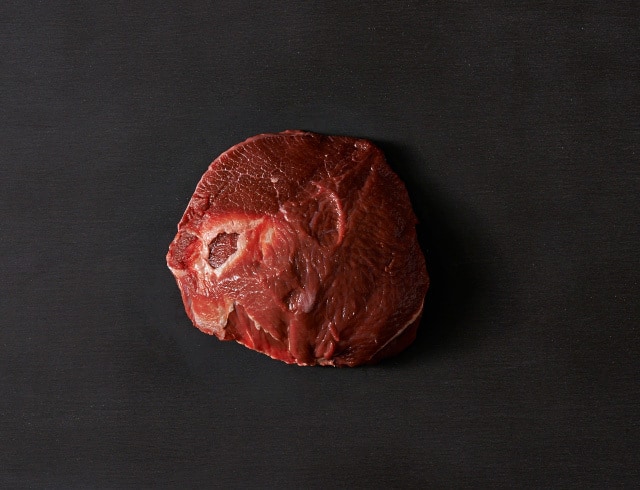
Cheek
This cut is renowned for its deep, intense flavour, requiring slow braising to allow its highly gelatinous texture to break apart and tenderise.
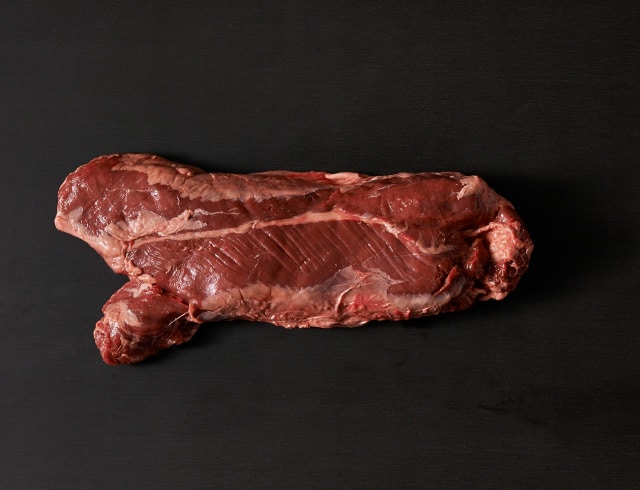
Thick Skirt (Hanging Tender)
This cut, also known as Hanger Steak, is renowned for its incredibly intense flavour rather than its tenderness. It is popular in South American cooking.
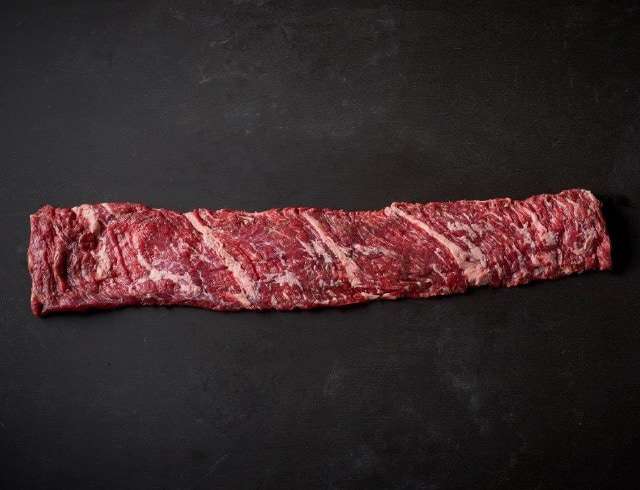
Inside Skirt
Distinguished by its long, thin shape, this cut is derived from the belly and is one of the most flavourful cuts.
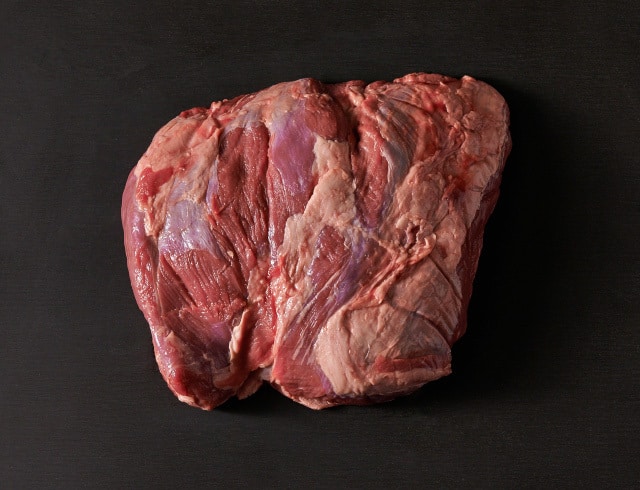
Shin
Taken from the lower leg, this cut is filled with connective tissue, which is broken down in cooking to produce a moist, flavoursome cut.
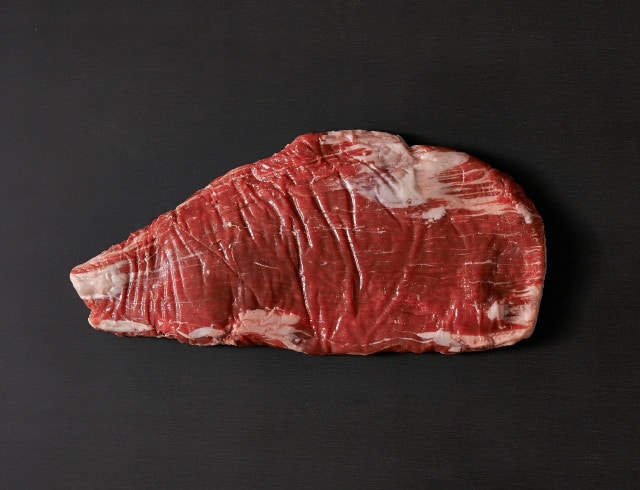
Flank
Also called Bavette, this cut comes from just under the Short Loin.
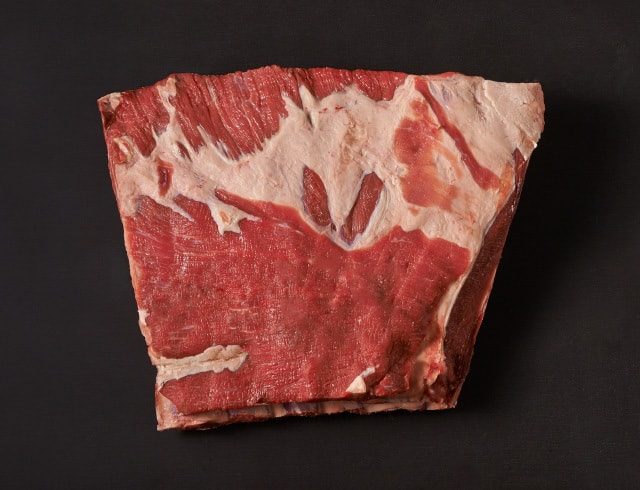
Short Rib
Derived from preparing the rib set, a truly flavoursome cut with renowned marbling and varying layers.
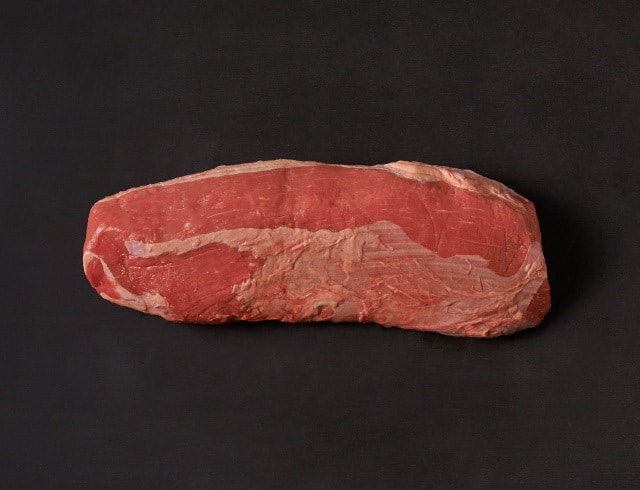
Eye Round
Cut from a whole Outside Flat, it is also highly textured and dense and is considered one of the most flavoursome leg cuts.
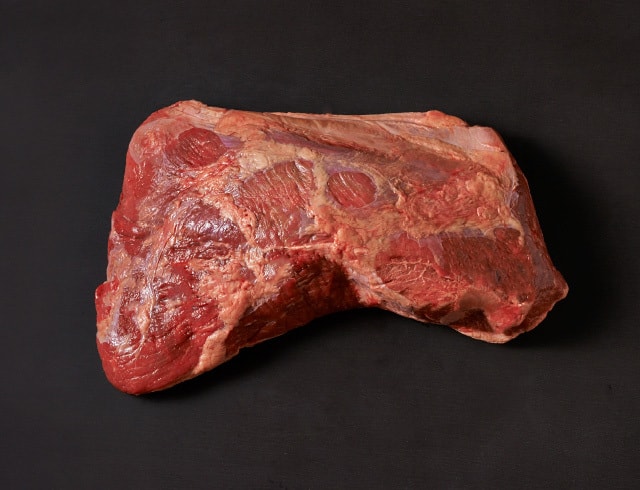
Outside Flat
Cut from a whole Silverside, it’s highly dense and textured, best suited to be pickled and then slow roasted.
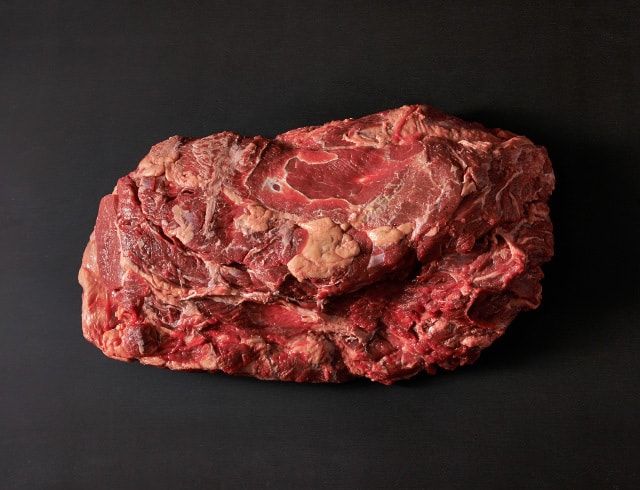
Silverside
Derived from the hindquarter section, just above the leg joint, this cut is highly textured and dense.
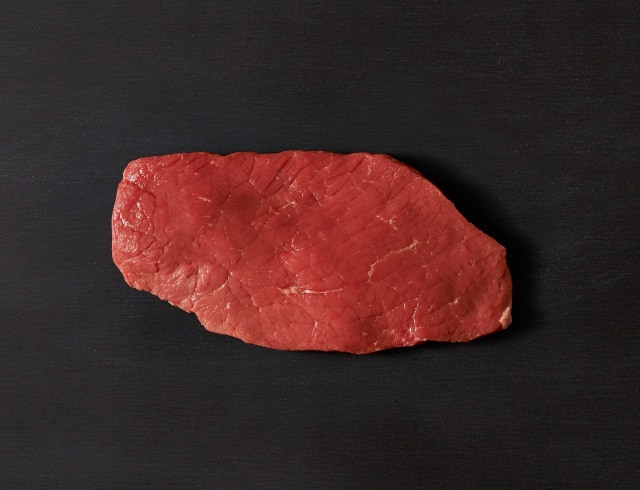
Topside
Coming from the hindquarter, just above the leg, this cut is often referred to as the Inside and is renowned for being one of the leanest, while still deep in flavour.
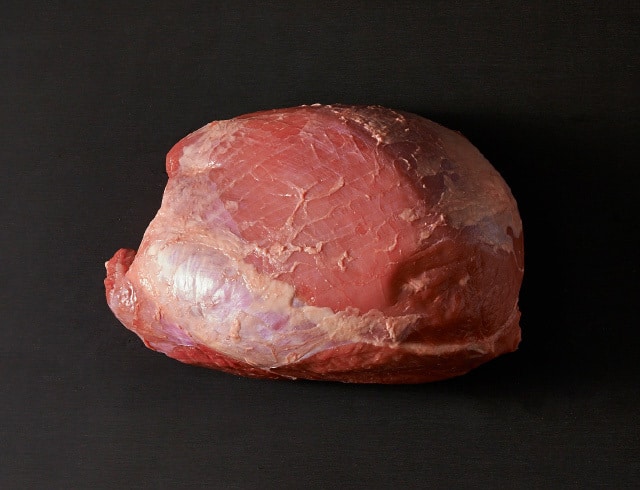
Knuckle
Sitting just above the knee joint, this cut is made from two muscles, making it firm in texture. As a working muscle, it’s very flavoursome.
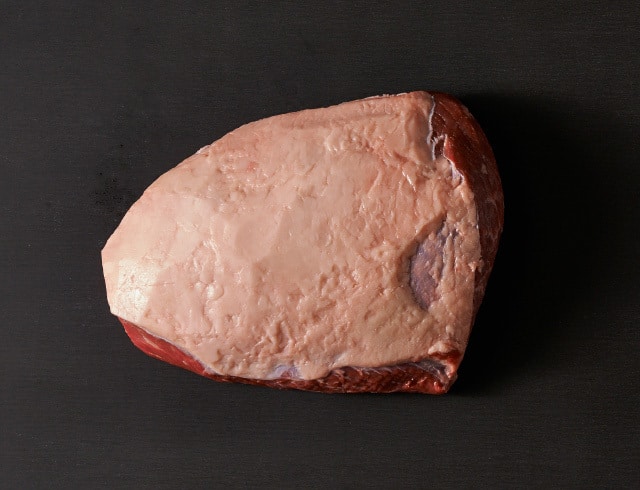
Rump Cap
Derived from the top end of the hindquarter, this cut is full-flavoured and portioned with the fat (cap) on.
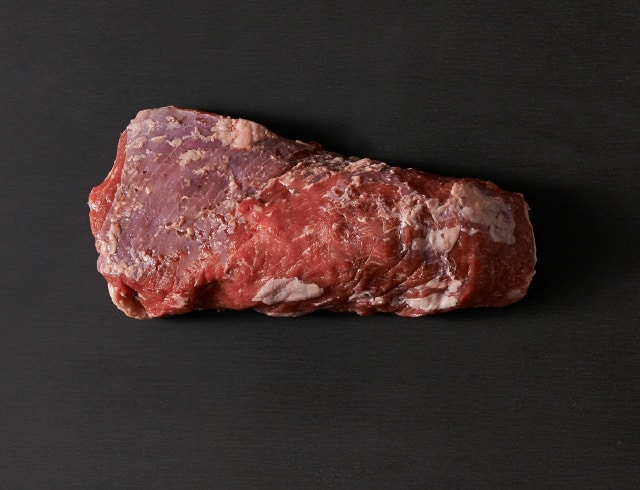
Tri Tip
Renowned for its incredibly intense flavour, recognisable for its triangular shape, this cut is most popular in South American Cuisine.
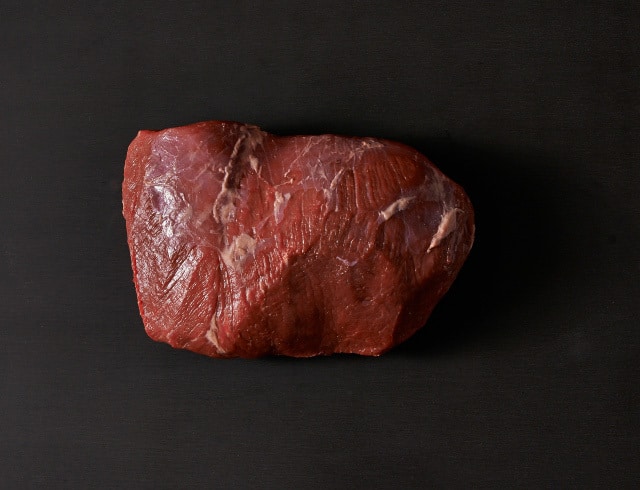
Rost Biff
Coming from the centre part of the rump, this cut is also known as Eye of the Rump. Primarily used for oven roasting.
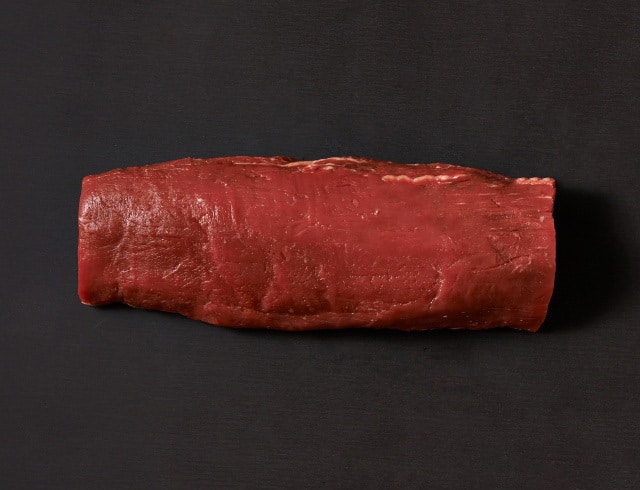
Tenderloin
Also known as the Eye Fillet, the Tenderloin spans across either side of the hind quarter backbone. As it’s not used as a working muscle, this results in an extremely
tender cut.
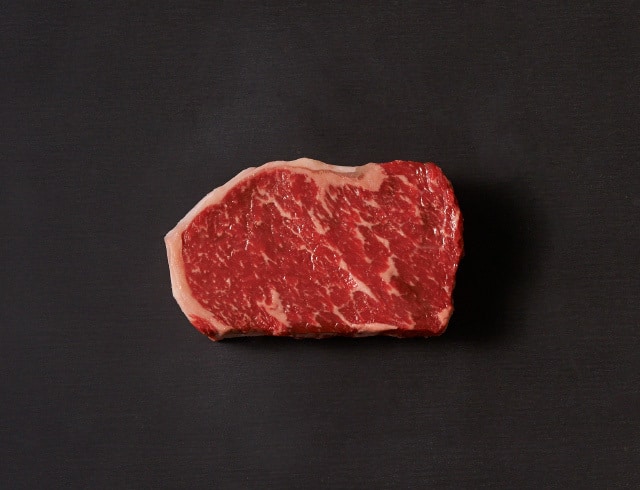
Striploin
Also known as the Sirloin, this cut is derived from the Short Loin. It is a highly tender cut, full of flavour and intermuscular marbling.
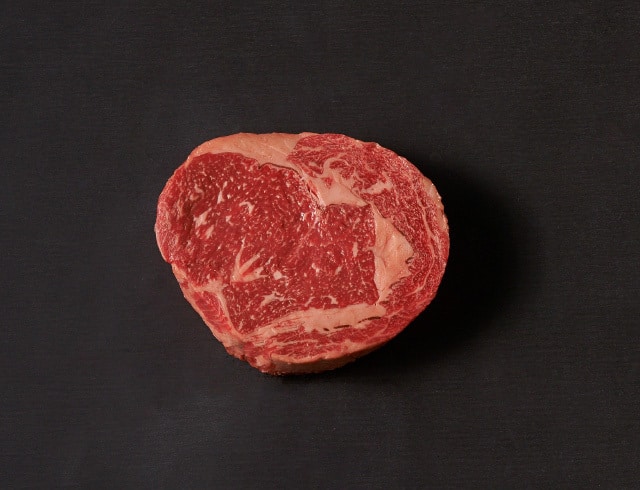
Cube Roll
Also called Scotch Fillet or Rib-Eye, resides on either side of the backbone towards the front of the animal. This cut offers a full flavour, succulent, consistent cut.
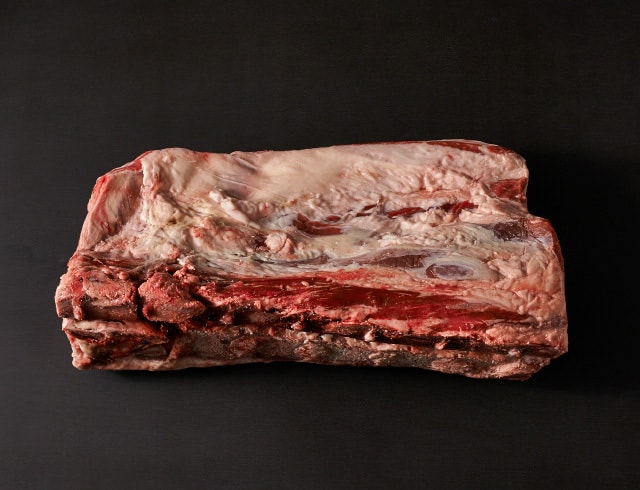
Short Loin
Derived from the upper section of the backbone, this includes two cuts on either side of the T-shaped bone.
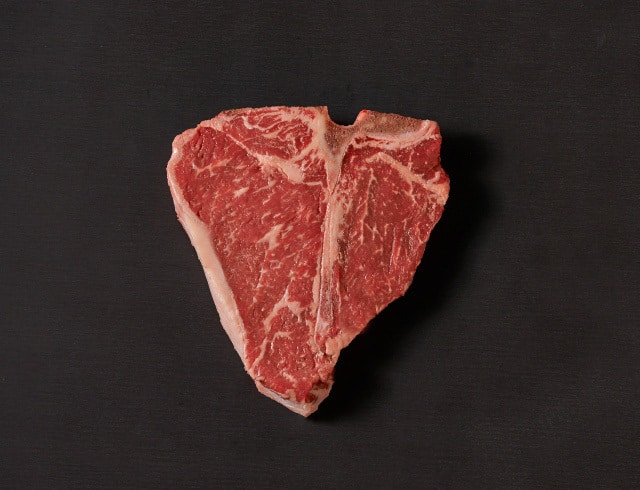
T-Bone Steak
Coming from the centre of the Short Loin, it’s one of the best-known cuts thanks to its iconic shape. Commonly cut 1-2 inches thick.
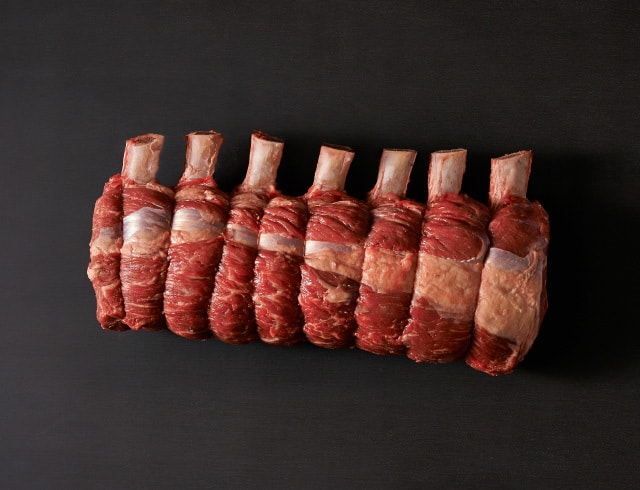
Ribs Prepared
Derived from the rib section, this cut is ideal for slow roasting. It produces thick cut steaks with high intramuscular marbling, giving it an intense flavour.
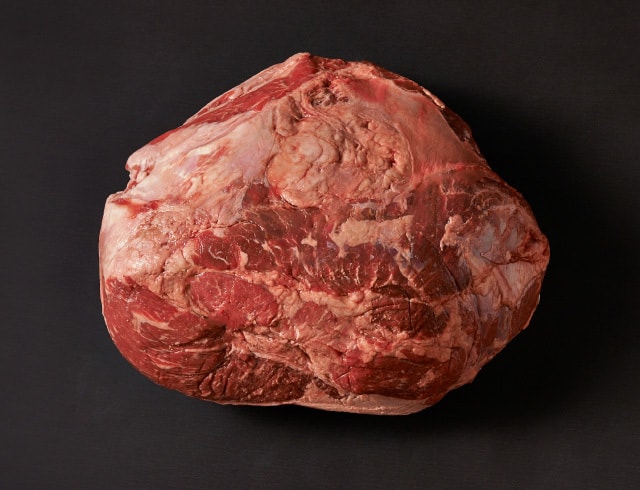
Rump
This cut is derived from the hindquarter, just above the leg, which produces full-flavoured cuts.

